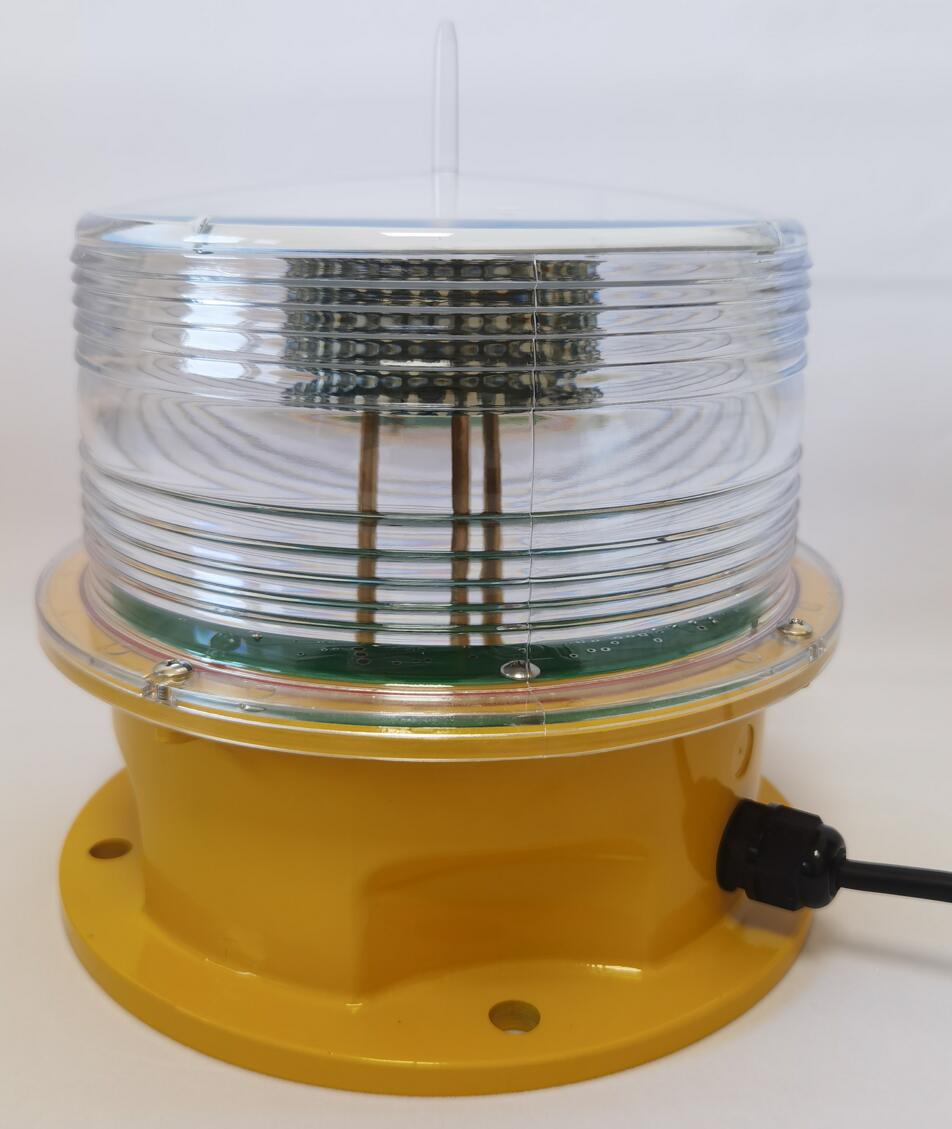Heliport Airport Beacon Light: Illuminating the Skies for Safe Landings
In the dynamic world of aviation, safety is the cornerstone of every operation, especially for helicopters navigating complex airspaces. The heliport airport beacon light is a vital tool in ensuring safe and efficient helicopter operations, particularly during nighttime or adverse weather conditions. These beacon lights serve as visual markers, guiding pilots to heliports and airports with precision. This article explores the significance of the heliport airport beacon light, its functionality, and its role in modern aviation safety.
The Purpose of a Heliport Airport Beacon Light
A heliport airport beacon light is a high-intensity lighting system designed to mark the location of a heliport or airport. Its primary function is to provide visual guidance to pilots, helping them identify landing zones and navigate safely. These lights are especially critical in urban environments, where heliports are often situated on rooftops or near tall structures, and in remote areas where visibility is limited.
Key Roles of a Heliport Airport Beacon Light:
Visibility Enhancement: The beacon light ensures that heliports and airports are visible from a distance, even in low-visibility conditions such as fog, rain, or darkness.
Obstacle Identification: By marking the landing zone, the beacon light helps pilots distinguish the heliport or airport from surrounding obstacles, reducing the risk of collisions.
Operational Safety: The light provides a reliable reference point for pilots during takeoff, landing, and navigation, enhancing overall safety.

The Technology Behind Heliport Airport Beacon Lights
Modern heliport airport beacon lights are equipped with advanced technologies to ensure optimal performance and reliability. Here are some of the key features:
High-Intensity LEDs: Light Emitting Diodes (LEDs) are widely used for their brightness, energy efficiency, and long lifespan. They provide clear, consistent illumination that is visible from miles away.
Durability: These lights are built to withstand harsh environmental conditions, including extreme temperatures, heavy rain, and strong winds.
| heliport airport beacon light |
| heliport airport beacon lights |
Automatic Operation: Many beacon lights are equipped with dusk-to-dawn sensors, enabling them to turn on and off automatically based on ambient light levels.
Regulatory Compliance: Heliport airport beacon lights must adhere to strict international standards set by organizations such as the FAA (Federal Aviation Administration) and ICAO (International Civil Aviation Organization).
Applications of Heliport Airport Beacon Lights
Heliport airport beacon lights are used in a variety of settings to enhance safety and operational efficiency:
Urban Heliports: In cities, beacon lights guide pilots to rooftop helipads, ensuring safe landings amidst tall buildings and complex airspaces.
Hospital Helipads: Medical helicopters rely on beacon lights to locate hospital helipads quickly, especially during emergencies when time is critical.
Remote Airports: In rural or isolated areas, beacon lights ensure that airports remain visible and accessible, even in challenging weather conditions.
Offshore Platforms: For helipads on oil rigs or other offshore structures, beacon lights provide essential guidance for helicopters operating over water.
The Importance of a Reliable Heliport Airport Beacon Light
Choosing a high-quality heliport airport beacon light is essential for ensuring the safety and reliability of helicopter operations. Here’s why:
Quality Assurance: Reputable beacon lights undergo rigorous testing to meet industry standards, ensuring consistent performance.
Energy Efficiency: Modern beacon lights use LED technology and solar power, reducing energy consumption and environmental impact.
Custom Solutions: Manufacturers can design beacon lights tailored to specific heliport or airport requirements, ensuring optimal functionality.
Global Compliance: Trusted manufacturers ensure their products meet international safety regulations, providing peace of mind to operators.
Low Maintenance: Durable materials and advanced technology minimize the need for frequent maintenance, reducing operational costs.
Innovations in Heliport Airport Beacon Light Technology
The heliport airport beacon light industry continues to evolve, with manufacturers introducing innovative features to enhance safety and efficiency:
Solar-Powered Systems: Solar energy is increasingly used to power beacon lights, making them eco-friendly and suitable for remote locations.
Smart Connectivity: Integration with IoT (Internet of Things) allows for remote monitoring and control, enabling operators to manage lighting systems more effectively.
Enhanced Durability: New materials and coatings improve resistance to corrosion, UV radiation, and extreme weather conditions.
Compact and Lightweight Designs: Smaller, more portable beacon lights are easier to install and maintain, especially in challenging environments.
A Beacon of Safety in the Skies
The heliport airport beacon light is an indispensable tool in modern aviation, ensuring the safety and efficiency of helicopter operations. By providing clear visual guidance to pilots, these lights help prevent accidents and enhance overall operational safety. Whether marking a rooftop helipad in a bustling city or a remote airport in a rural area, heliport airport beacon lights play a critical role in guiding helicopters safely to their destinations.
As technology continues to advance, heliport airport beacon lights will remain at the forefront of aviation safety solutions, illuminating the skies for safer landings and takeoffs. By investing in reliable beacon lights, operators are not just enhancing safety—they are contributing to a brighter, more secure future for aviation.
